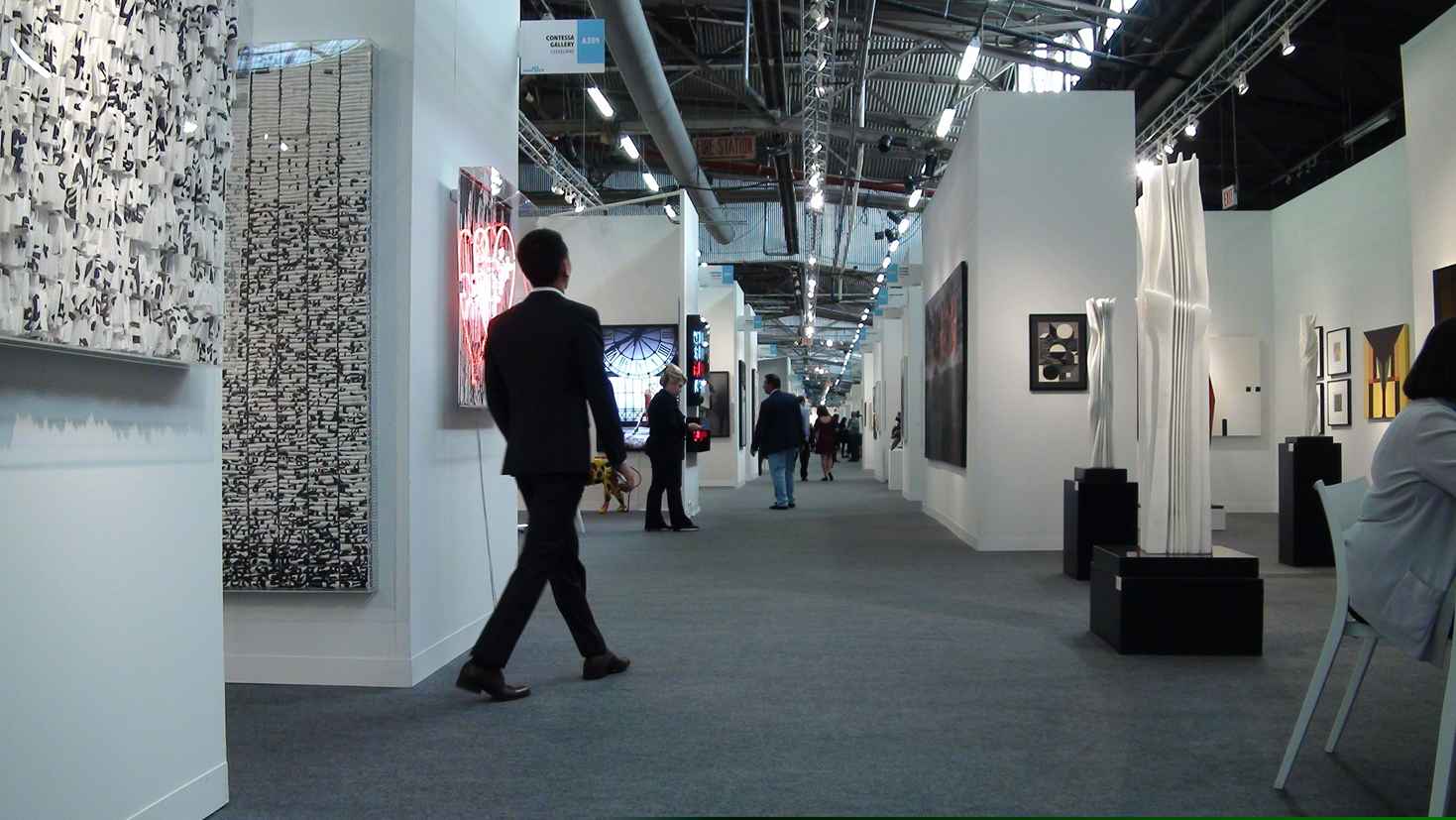MEP Design for Art Gallery

Art galleries are integral to the arts. They are both places for showcasing and selling artworks, and experiencing art in person. They also act as vessels of communication between artists and the public: viewing art in a gallery is a unique experience that cannot be replicated by viewing images online.
This is why art gallery design is of utmost importance. How a gallery is designed affects how comfortable and immersive the experience is for visitors, how they perceive art visually and navigate it spatially. It’s also crucial for the preservation of artwork and can greatly influence a gallery’s economic success.
Read on to discover why and how Mechanical, Electrical, and Plumbing (MEP) design is key to a successful art gallery.
MEP Design and Art Galleries
MEP design is a process of designing the mechanical, electrical, and plumbing systems in a building, or in this case, an art gallery. It’s a complex process that involves creating detailed plans and specifications for all these systems so that they are integrated properly and can function efficiently.
To an untrained eye, MEP engineering and art galleries may seem worlds apart, but they are, in fact, closely related. After all, an art gallery is a building, and as such, it needs to be safe, secure, and sustainable. Additionally, an art gallery needs to be properly designed to provide a comfortable viewing experience while preserving the integrity and longevity of the artwork.
So how can MEP design be used in art galleries? Here are a few ways MEP design can help enhance viewer experience in galleries and ensure safety, preservation, and comfort of artworks and visitors alike.
Adequate Lighting
It should come as no surprise that lighting design is one of the most important factors in art galleries. Lighting affects the visibility and presentation of artwork, and either minimizes or increases the risk of damage caused by heat or UV radiation.
This is where MEP design comes into play. By considering the lighting requirements of an art gallery and factors such as color rendering, intensity, and direction, MEP design can create optimal lighting conditions and an engaging ambiance. As a result, it can not only help enhance the viewing experience but also boost art sales.
Climate and Air Quality
Climate and air quality are crucial considerations that art galleries need to think about when it comes to showcasing and storing their artwork. An inconsistent climate with fluctuating temperatures or humidity levels can cause serious damage to artworks of various mediums, especially works made of natural materials.
In order to preserve a work of art in its original state, a gallery needs to have a stable climate with optimum humidity and proper air circulation. Again, this is where MEP design can help. By incorporating HVAC systems to regulate temperature, humidity levels, and air quality inside a gallery, MEP design provides ideal conditions for the works of art, as well as a comfortable environment for visitors.
This might be the only edge online galleries like Singulart have over traditional ones. Visitors don’t need to make the trip to the gallery and endure the sometimes overly cold or drafty conditions: they can view and buy art in just a few clicks.
Electrical Systems
Art galleries need a sufficient power supply to support lighting, audiovisual equipment, interactive displays, and other electrical needs. Since MEP engineering includes the planning and distribution of electrical systems, it can ensure a gallery has sufficient capacity and reliable power distribution, and, of course, that it complies with safety standards.
On top of this, proper electrical design can minimize the risk of power outages or electrical malfunctions that can harm the artwork.
Acoustics
Many modern galleries often prioritize simplicity and minimalism to highlight their artworks. However, this design approach can result in lots of flat, hard surfaces that reflect sound and negatively impact the gallery’s acoustics. When barely any sound is absorbed, visitors can hear every little tap, clack, or murmur, which can make for a very distracting environment.
MEP design can incorporate acoustic considerations to create an optimal environment within the gallery and minimize noise disturbances, providing a focused and comfortable auditory experience for visitors. By minimizing ambient noise, visitors can fully immerse themselves in the art and truly appreciate sound-based installations, live performances, or lectures that many galleries often host.
Security
Many art galleries house valuable and irreplaceable works of art. On the one hand, these works need to be kept safe, and on another, displayed for visitors’ viewing pleasure.
MEP design can incorporate various security systems in order to keep artworks safe while they’re displayed. These include surveillance cameras, intrusion detection systems, and fire alarm systems, all strategically integrated to ensure comprehensive coverage, protecting the artwork from theft, vandalism, and fire hazards.
Final Thoughts
MEP design’s role in providing appropriate lighting, climate control, electrical systems, acoustics, and security can ensure a comfortable and immersive experience for visitors while protecting valuable art on display. By prioritizing MEP design, galleries can preserve the integrity of the artwork and create spaces that inspire and captivate visitors. As a nice bonus, this can also help boost art sales.

Anuj Srivastava
Anuj Srivastava is a principal partner at NY Engineers. He is known for his MEP franchise market knowledge. Anuj is currently leading a team of 100+ MEP/FP engineers and has successfully led over 1500 franchise projects in the US.
Join 15,000+ Fellow Architects and Contractors
Get expert engineering tips straight to your inbox. Subscribe to the NY Engineers Blog below.


